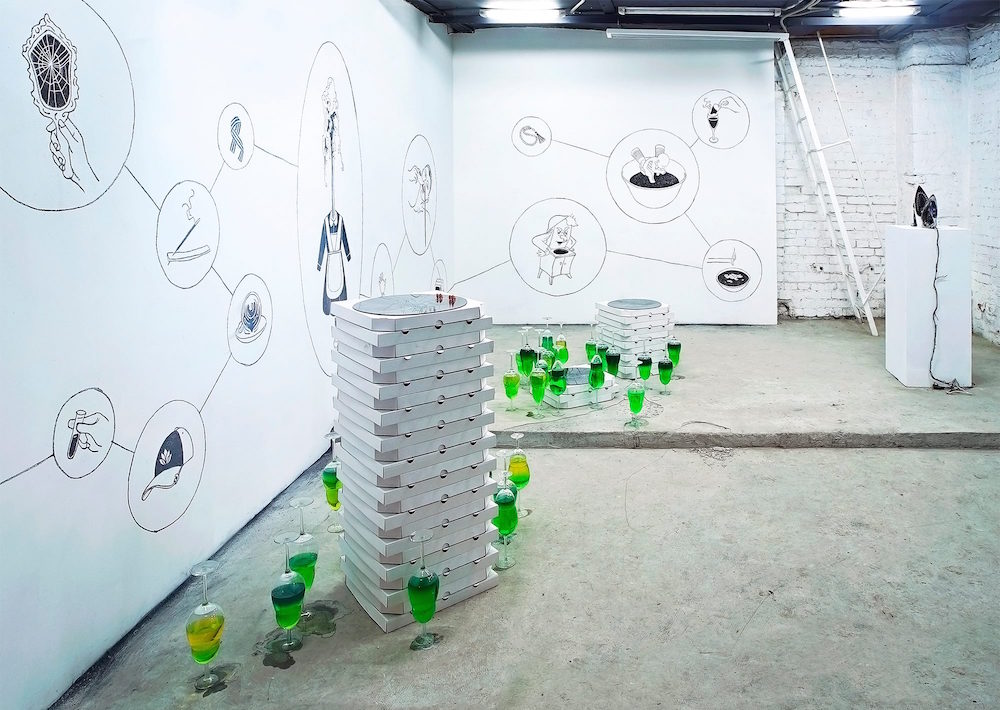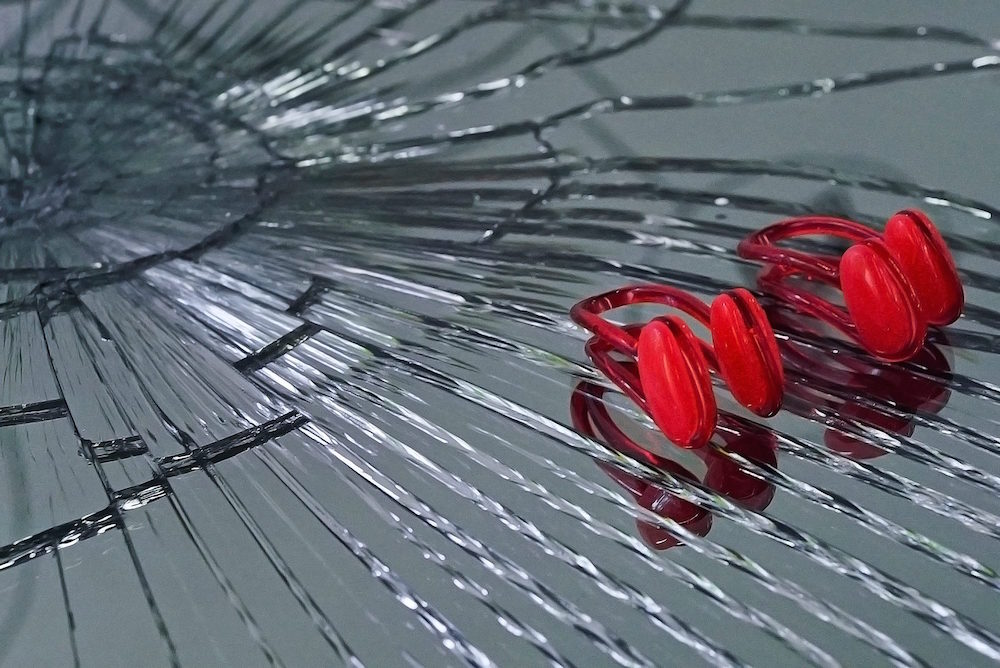ISSMAG — New East 100
Moscow is a vivid art hub with a polyphony of fascinating art initiatives, both commercially and non-commercially orientated. However, when compared to major European cities like Berlin and Athens, where economic crisis has spawned a galaxy of new independent and DIY spaces, Moscow has a long way to go.
In Russia, it’s still art institutions like the fashionable Garage Museum of Contemporary Art, or the V-A-C foundation, that steal the limelight. Moscow is home to a new breed of young artists — they think globally, act locally, live internationally and intend on challenging everything you ever thought you knew about art. However, they are often ignored by major galleries, which remain detached from the emergent scene.
The main aim of ISSMAG is to show, support and promote young Russian artists at home and abroad. The artists with whom we collaborate are unique: being part of the post-Soviet generation and having grown up in the age of the Internet, they have a different view on the creative process and the presentation and circulation of their work. They freely mix the aesthetic and contemporary political events with global artistic tendencies. What’s more, ISSMAG doesn’t exhibit existing works, but provides these artists a unique opportunity to propel their careers and produce absolutely new projects created specifically for the gallery.
ISSMAG brings together artists and art enthusiasts who share a similar view of the local art scene and are actively working to change it. In many ways this reflects the spirit of contemporary Moscow in its ability to adapt to the economic situation. In December 2016 the gallery got a new room – a garage with two floors near the Hermitage garden in the city centre – and is now ready to become the epicentre of the “New Russian Renaissance” in contemporary art.
Aleksey Taruts
Alexei Taruts plays with performativity and spectator perception. His video and audio projects borrow the language of the creative industry and event management. The artist trained as a commercial filmmaker and describes his current work as “event solutions”. What matters to Taruts is not the impossibility of documenting an event, but its multilayeredness and contradictions. His often creepy installations, referring to alien imagery or found-footage, home-made videos and accompanied by horror-film soundtracks, also feature a common motif of illumination and awakening. Taruts is always trying to disorient the spectator by not offering a single prism through which to view his work — an approach which is very much influenced by the economy of attention.
Elizaveta Chukhlantseva
A student of the Rodchenko Moscow School of Photography, Elizaveta Chukhlantseva focuses on the lives and visual aesthetics of teenagers who grew up in the 1990s and 2000s— a generation the artist calls “angels anonymous”. Chukhlantseva creates a peculiar world based on installations made in a kitschy, DIY, “dacha-style” and poetic videos showing her own inner circle of friends. Taking Vkontakte slang, Instagram fads and the “Blue Whale” teen suicide scandal as reference point, the artist lets us into the mindset of a Russian teen, who prefers pseudonostalgia for the 1980s and 1990s to the contradictory and confusing contemporaneity. It is as if in referring to a period they can hardly remember, they are trying to turn back time so as to overcome the irreversibility of its direction, to turn history into myth, to regain the security of childhood which they have never had or which has irrevocably gone.
Sasha Manik
This young musician and self-taught artist from Kazan first started experimenting with new sound and an accompanying visual style in 2012. Since then Manik has managed to create an aesthetic universe unique to the Russian art landscape: one that organically synthesises Christian symbolism and psychedelic visions, grassroots folk and digital computer graphics, mystical and esoteric phenomena – such as shamanism, folk beliefs and rituals – with the cutting-edge, international musical underground. “Collage-thinking” is one of Manik’s key creative techniques: by mixing together different, even opposing styles, he seeks a method for producing new emotions which often border on religious and mystical experiences. The main focus of Manik’s collage-thinking is to produce a peculiar temporal mixture of native traditional and Orthodox Christian culture on the basis of technological innovation. Against these two traditions, the artist builds an original inner philosophy stemming from concepts he calls “Infinity”, “Root Angel”, embodied in his automatic writing and drawing. His visuals range from graphic collages to assemblages of his personal belongings and films that imagine a world in which progress is based on the reinterpretation of ancestral heritage and the human relationship with nature — for the artist, the main source of true spiritual experience.
Jura Shust
In his artistic practice, Belarus-born Belgium-based artist Jura Shust explores how Soviet and modern myths and rituals relate to science, technology development and the processes of late capitalism. Many of Shust’s works resemble monuments or tombstones in form. This can be seen in Exo-Oblivion, one of the most memorable works of last year’s Moscow Biennale for Young Art: an installation made up of motorcycle helmets, broken beer, wine bottle roses and eggs installed on pieces of building granite, dedicated to post-modern digital rights. The idea behind Shust’s exhibition Baptism by Fire at ISSMAG was born out of the artist’s study of the symbolic meaning of fire in early Soviet culture, and how it became an important metaphorical tool for secularisation, standing for a rupture with the past. These ideas were explored with drawings, created by Shust using activated charcoal.
Bogdan Ablozhnyy
phonenumbers from Ablozhnyy Bogdan on Vimeo.
In his video pieces, collages and installations Ablozhnyy analyses contemporary desires, physical alienation and the state of modernity or super-modernity, in reference to a 1995 book by Marc Augé entitled Non-Places. According to Augé, it was “supermodernity” that triggered the increase in “non-places”, the most typical examples of which are found in airports, on highways or in front of TVs. The political order of non-places destroys the subject, denying him the right to participate in the functioning of these places, leaving only the role of a transitory consumer, who becomes the subject of Ablozhnyy’s artistic research.
Text: Alexander Burenkov
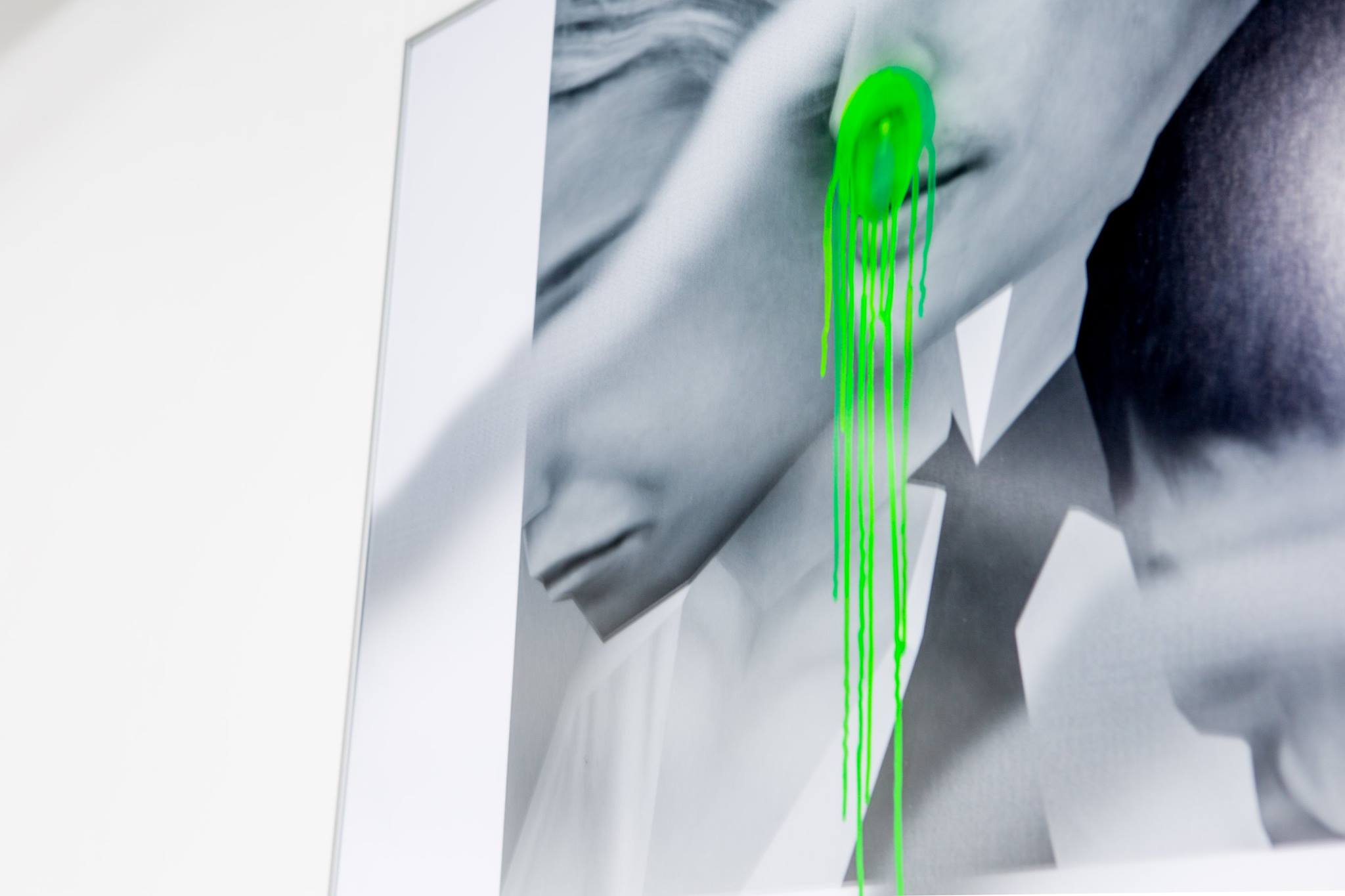
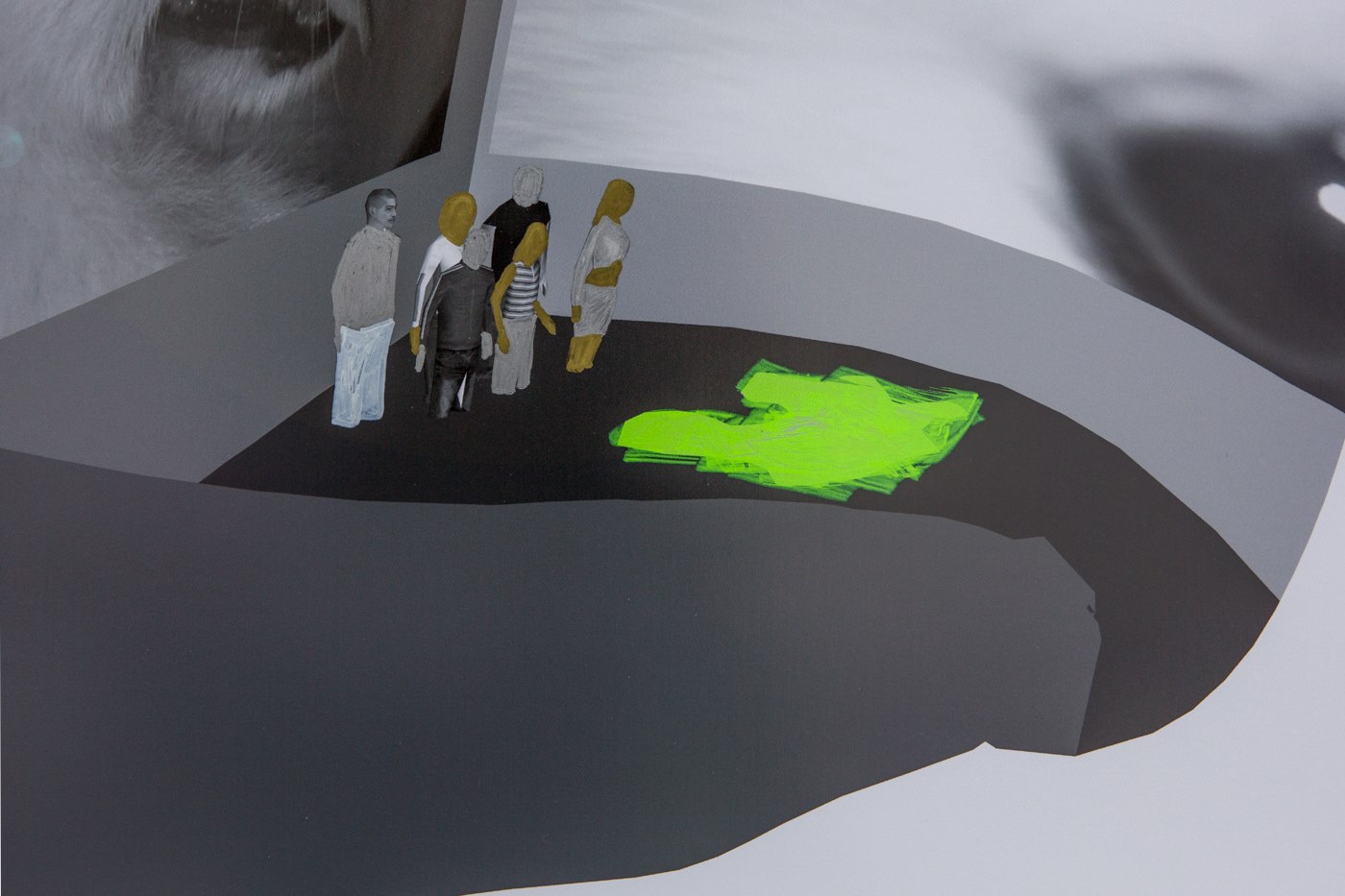
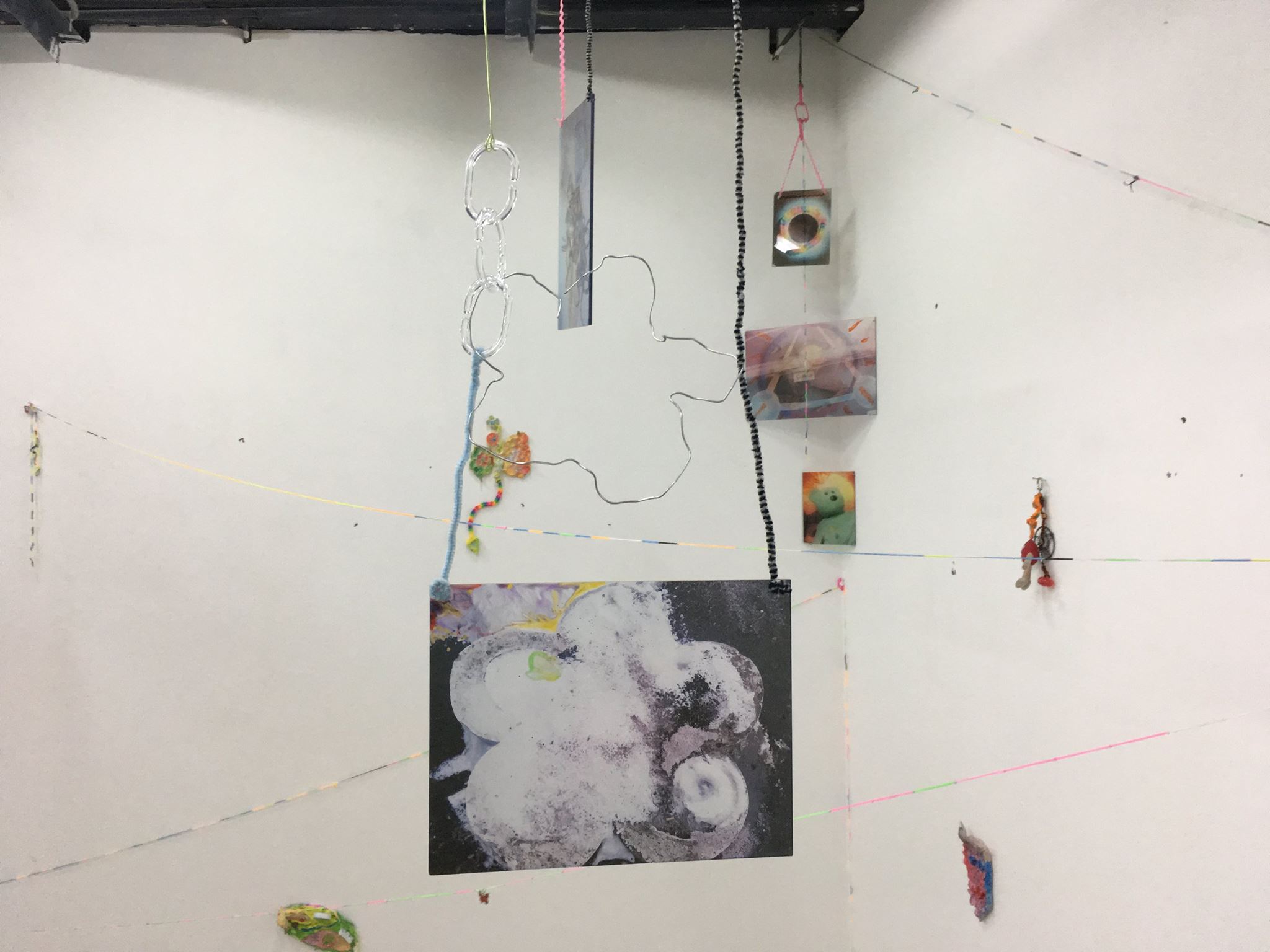
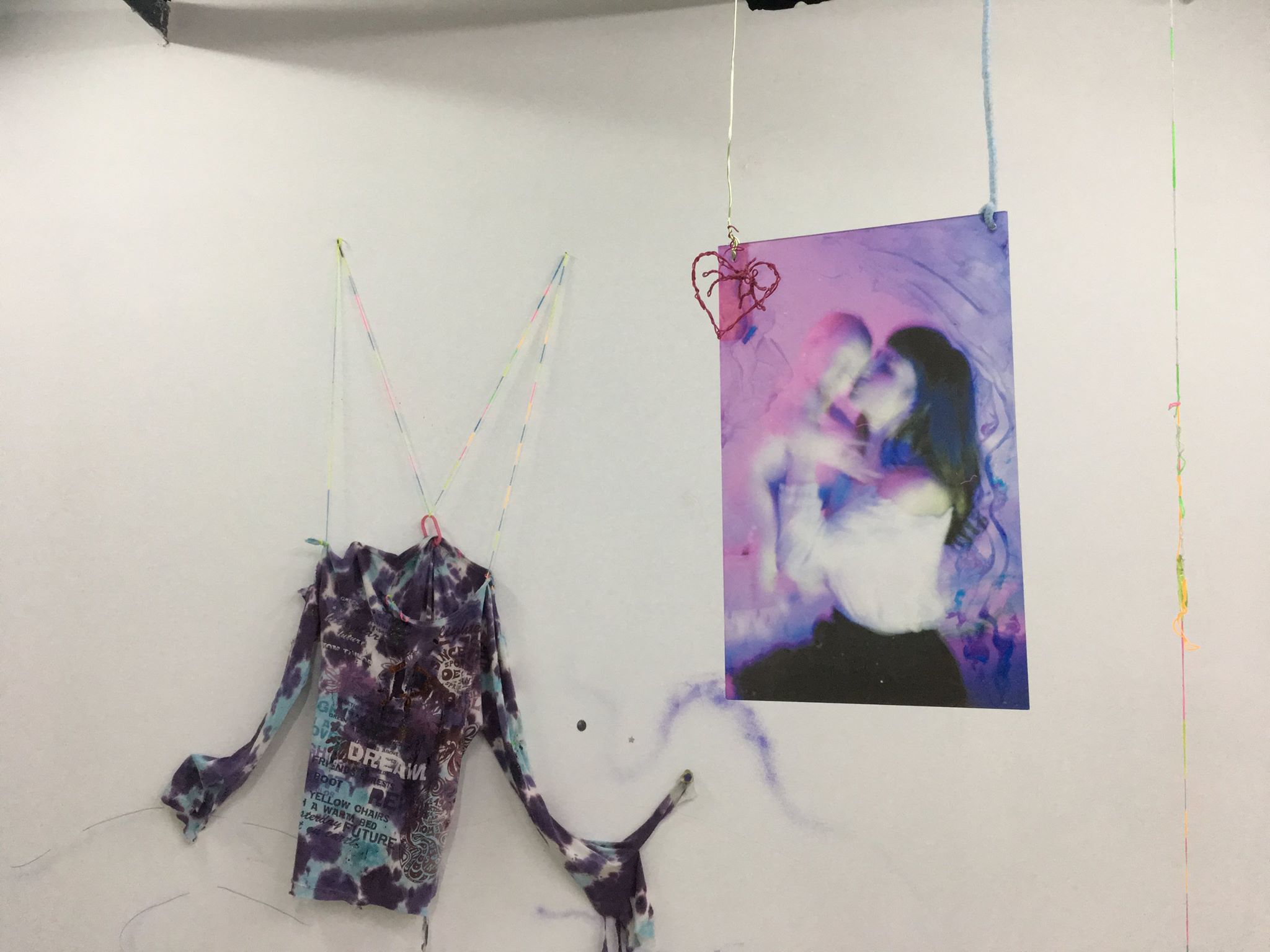
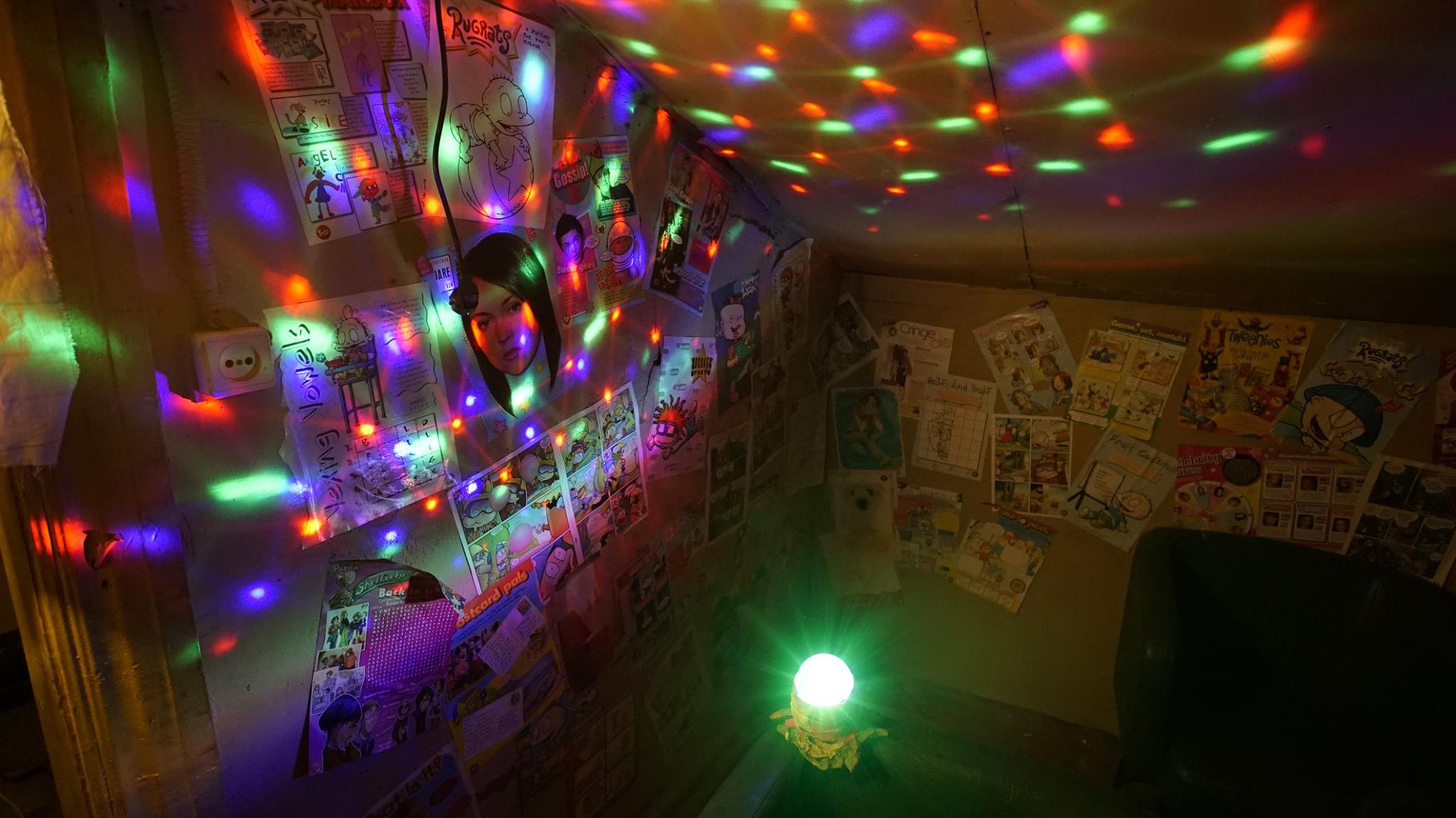

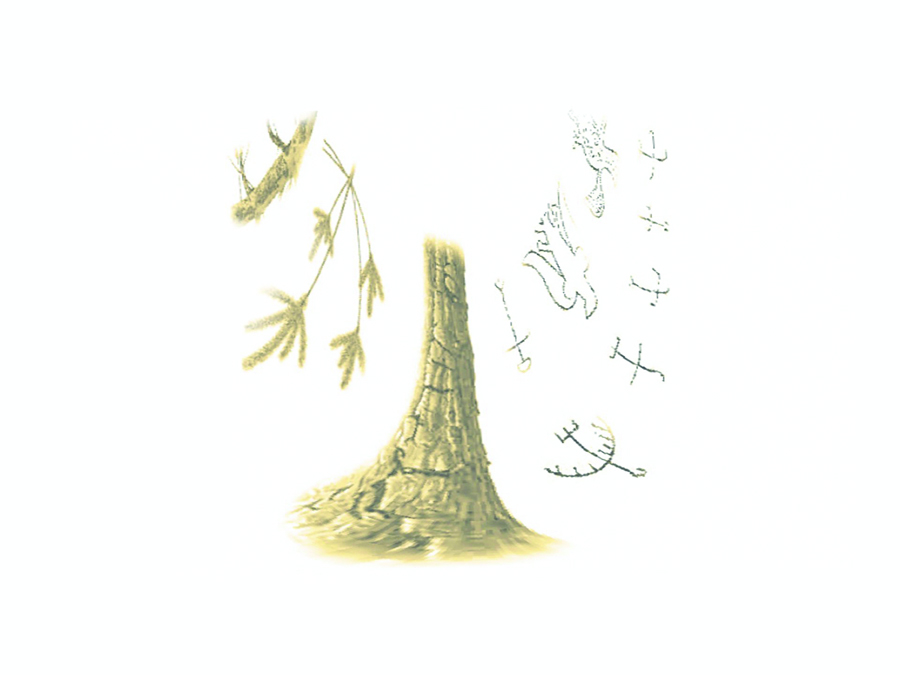
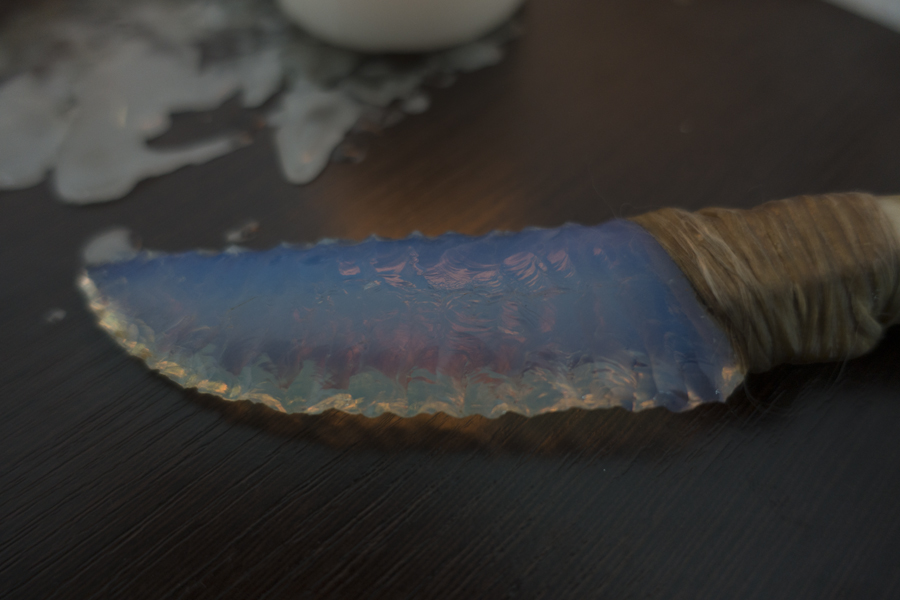
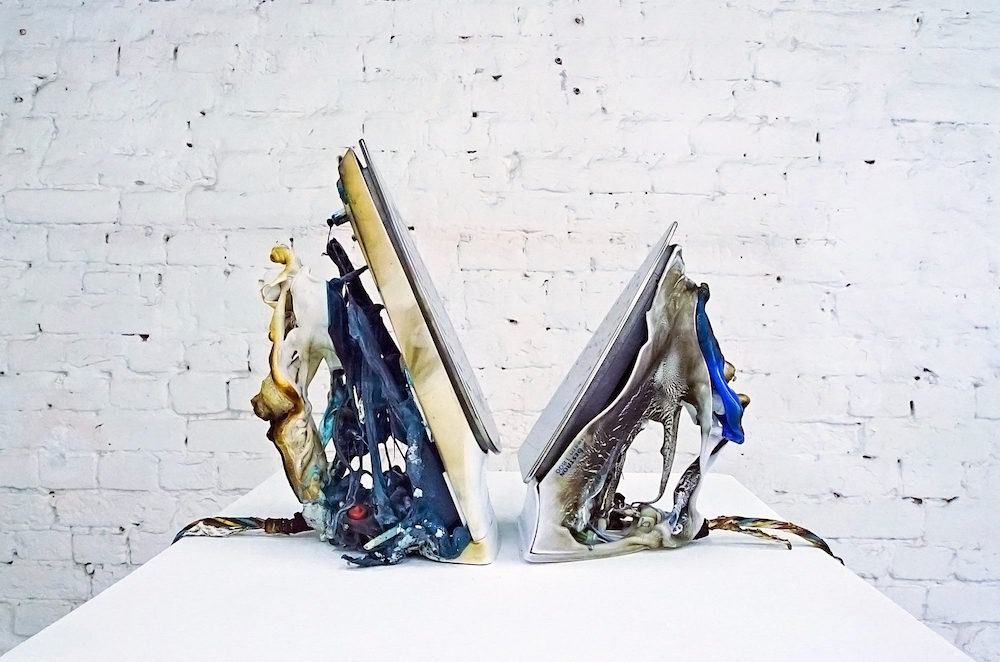
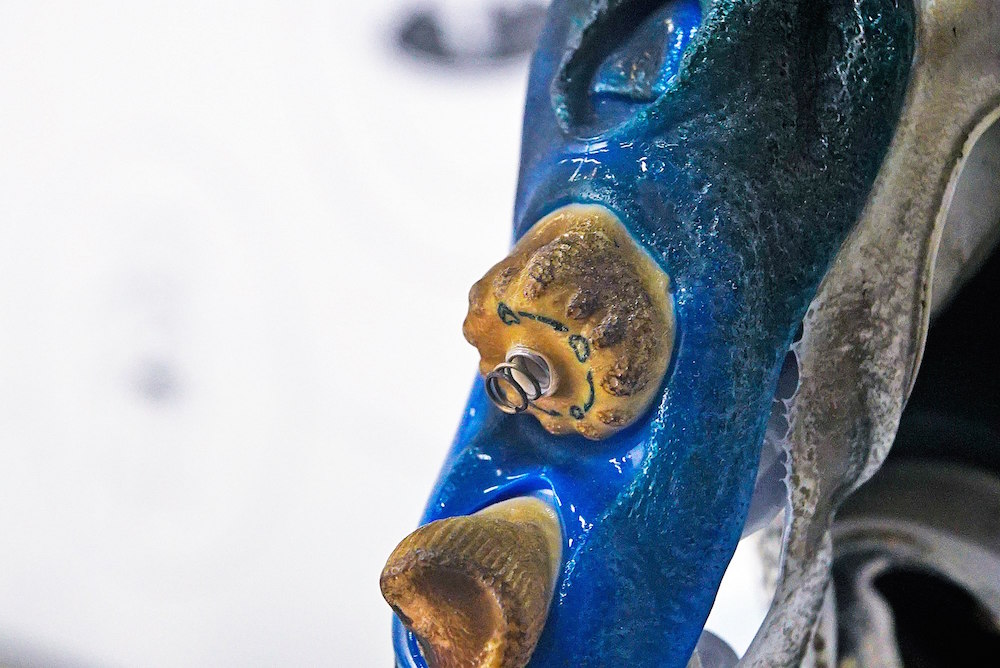
.jpg)
